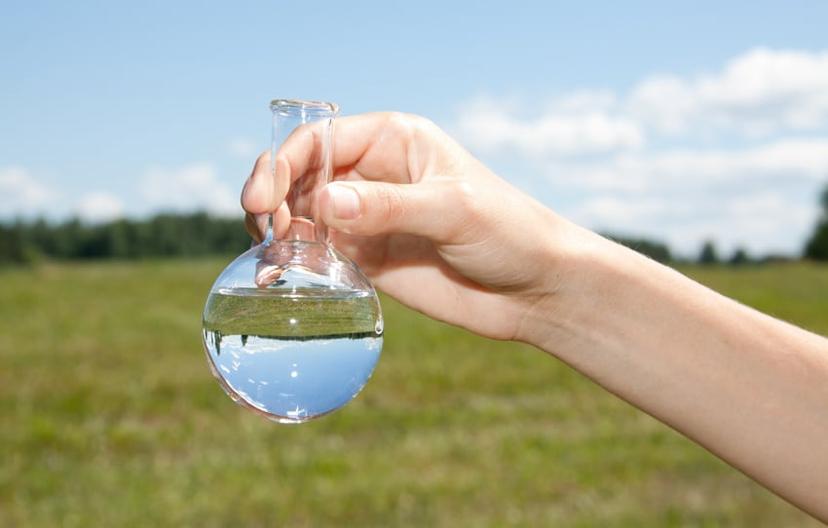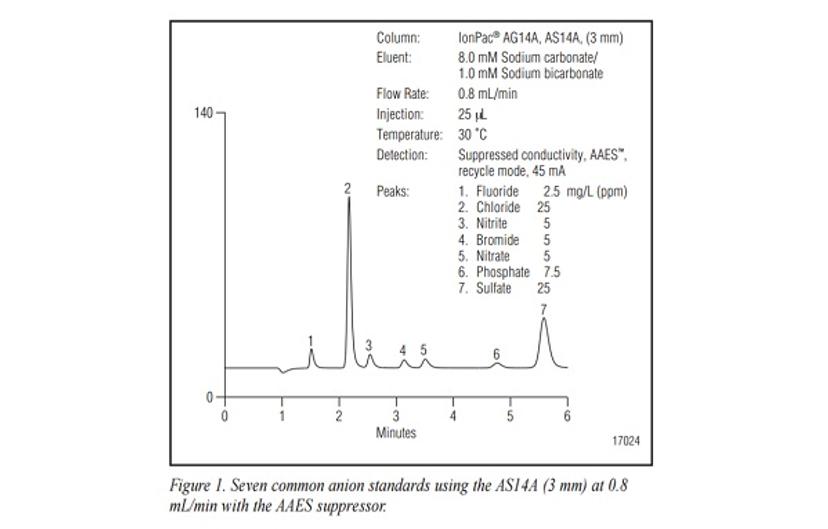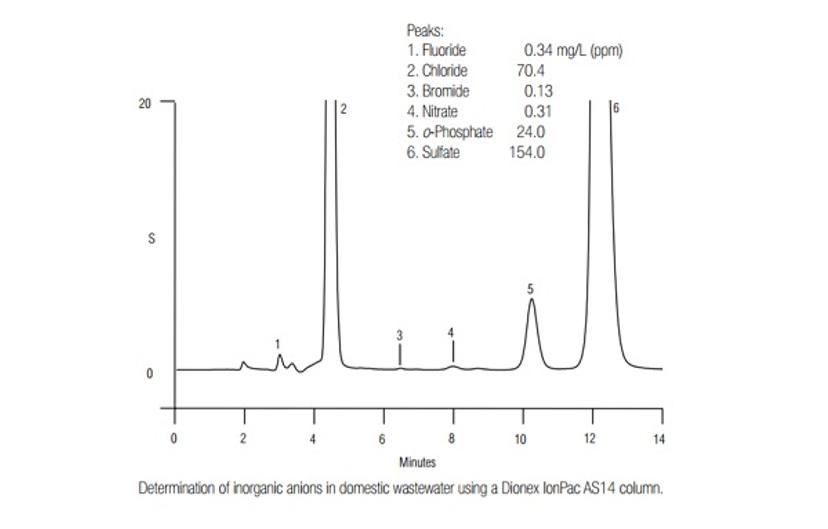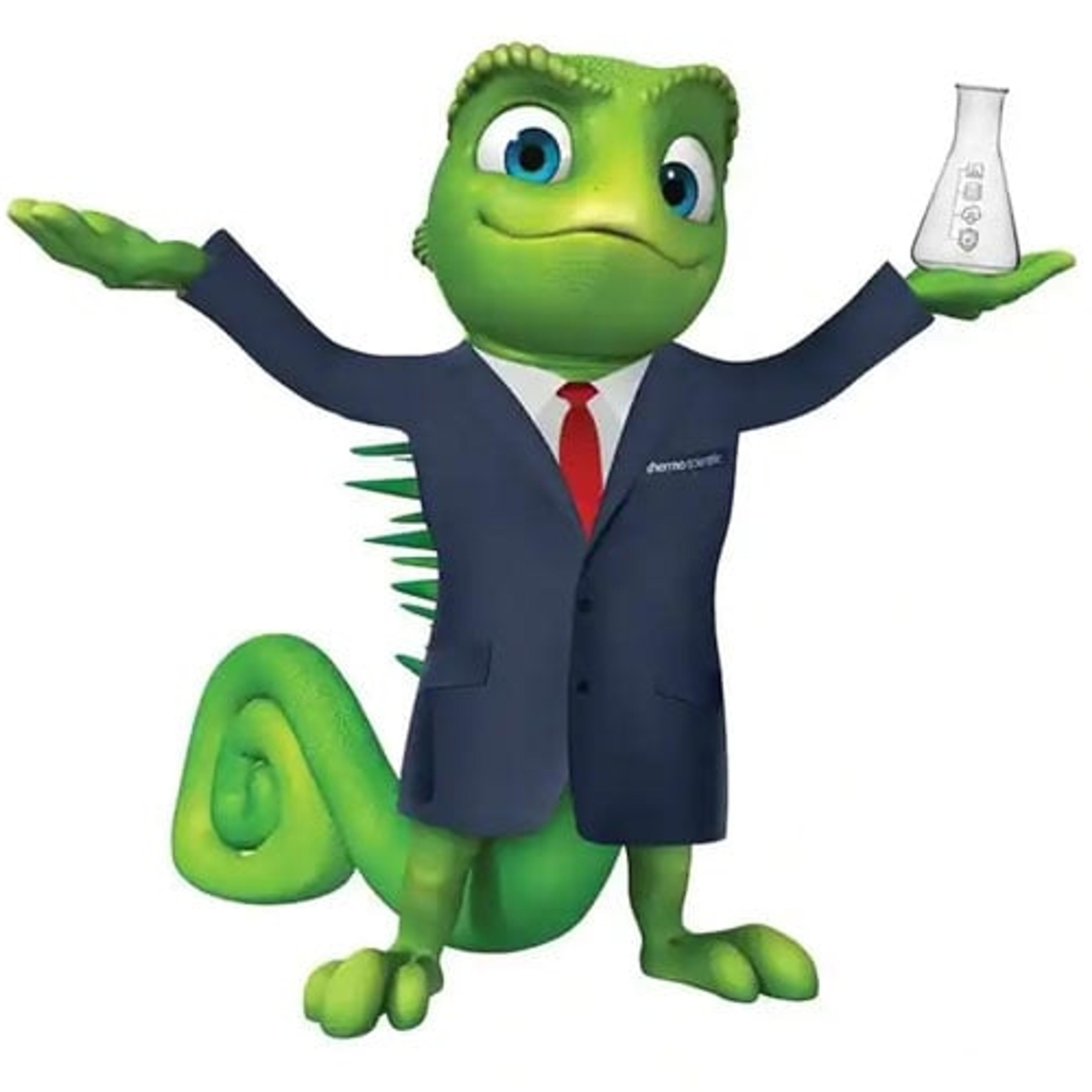Anion Application Notes for Environmental Water Analysis Experts
Find a wealth of information on anion testing of environmental waters at Thermo Fisher Scientific
25 Nov 2016

Image: Shutterstock
Editorial Review by Dr Lois Manton-O'Byrne, Editor, SelectScience®
Protecting the safety of environmental ground and surface waters is essential for ensuring sustainable drinking water resources. Wastewater discharged into the global water supply from industry and water treatment facilities can contain toxic pollutants that are harmful both to the environment and to human health.
Ion chromatography (IC) solutions are widely used for the environmental water testing of a wide range of regulated and emerging inorganic elements and organic compounds.
Thermo Scientific™ has been working with regulatory agencies such as the U.S. Environmental Protection Agency (EPA), the American Society for Testing and Materials (ASTM) and the International Standards Organization (ISO), for over 20 years. Environmental anion testing is regularly carried out using the Thermo ScientificTM DionexTM IC, IC-MS, ICP-MS and ion-exchange columns.
Anion Analysis
Anion testing is one of the most important applications of IC, examples of which can be seen in the testing of environmental water, drinking water and wastewater.
Determination of Inorganic Anions in Environmental Waters Using a Hydroxide-Selective Column
Hydroxide-selective columns have not been as widely used for routine analysis of inorganic anions in environmental waters, due to the lack of appropriate selectivity and difficulty in preparing contaminant-free hydroxide eluents. As a result, columns designed for use with carbonate/bicarbonate eluents are traditionally used for determining inorganic anions in environmental samples.
This application note describes the use of a Reagent-Free ion chromatograph with a DionexIonPac AS14A column and electrolytic eluent generation, as an improved approach to the routine determination of inorganic anions in environmental waters.

Fast Analysis of Anions in Drinking Water by Ion Chromatography
The U.S. National Primary Drinking Water Standards specify a Maximum Contaminant Level (MCL) for a number of inorganic anions, including fluoride, nitrite, and nitrate. The current U.S. EPA Method 300.01 describes the use of IC with a DionexIonPac AS4A anion exchange column.
This application note describes a method involving the DionexIonPac AS14A anion exchange columns with a new Atlas™ Electrolytic Suppressor (AES™)3 for the routine high throughput determination of common inorganic anions in drinking water matrices. This method is demonstrated to provide greater speed, efficiency and better overall separation selectivity.

Determination of Inorganic Anions in Wastewater by Ion Chromatography
A considerable number of regulatory IC methods have been published worldwide for the determination of anions in wastewater. This application note describes a method with conditions consistent with those in U.S. EPA Method 300.0, using the DionexIonPacAS14 column. The method provides suitable performance for the determination of inorganic anions in low ionic strength wastewater samples.

Visit the Thermo Fisher Scientific Anion Analysis page for more information on analyzing anions in environmental analysis.
Thermo Fisher Scientific has also produced a free Environmental Water Analysis Applications Notebook that contains a series of important technical notes detailing different methods of analyzing compounds such as anions.
Download your free copy of the Environmental Water Analysis Applications Notebook now

